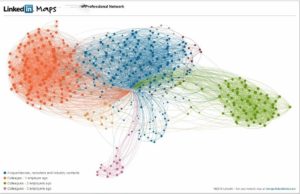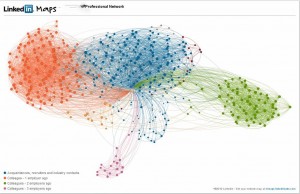The term “Big Data” has become the latest media darling and with all the hype about it, it’s no wonder people are confused about what it means. When I am asked to give presentations about big data, what I find is the most common misconception is that “big data” means “all data”.
The data science purist describes “big data” as consisting of both structured data (such as relational databases) and unstructured data (text, video, audio files, etc.). They would describe big data as data generated at a high velocity, amounting to an enormous volume, which is stored in a variety of formats. IBM is famous for adding a 4th “v” to the description, which is data whose veracity is in question.

New streams of data are being generated at an unprecedented rate and existing structured data sets can be combined in novel ways with Big Data analytics to uncover connections that will enable associations to not only remain viable but to thrive in the coming decades. This is the definition of Big Data that matters more than the three “Vs” which are just constructs.
One thing is I know is that data comes in a lot faster than analysis! And with Big Data it is essential to be able to visualize the patterns and extract the meaning, because without visualizations it is impossible to absorb the raw data and draw meaningful conclusions. We find Tableau does a great job handling Big Data visualizations.
The tipping point for Big Data analytics for associations is when business users to have access to tools that let them combine what they are good at—asking the right questions and interpreting the results—with what machines are good at: computation, analysis, and statistics using large datasets.
Big Data is changing everything we thought we knew about information in the way the internet and mobile devices are changing everything we thought we knew about how people work, play and live.



